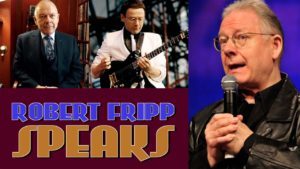As a presentation skills expert, I often tell my clients that the best content for their talks comes from unexpected places.
Often in fascinating conversations with intriguing people. Engaging in exciting dialogues with diverse individuals is not just a delightful experience; it’s a goldmine for your presentations and personal growth.

Conversations are an endless source of original content for speakers for our presentations.
You’re opening a door to a treasure trove of ideas when you have meaningful conversations, especially with those with different backgrounds and perspectives. This exposure keeps your mind sharp and enhances your ability to think creatively, a crucial skill when crafting compelling presentations. Picture this: You’re chatting with a scientist, an artist, and an entrepreneur. Each person offers a unique insight that could inspire the next brilliant point in your presentation. These conversations add layers of richness to your content, making your message more engaging and impactful.
Read More...






